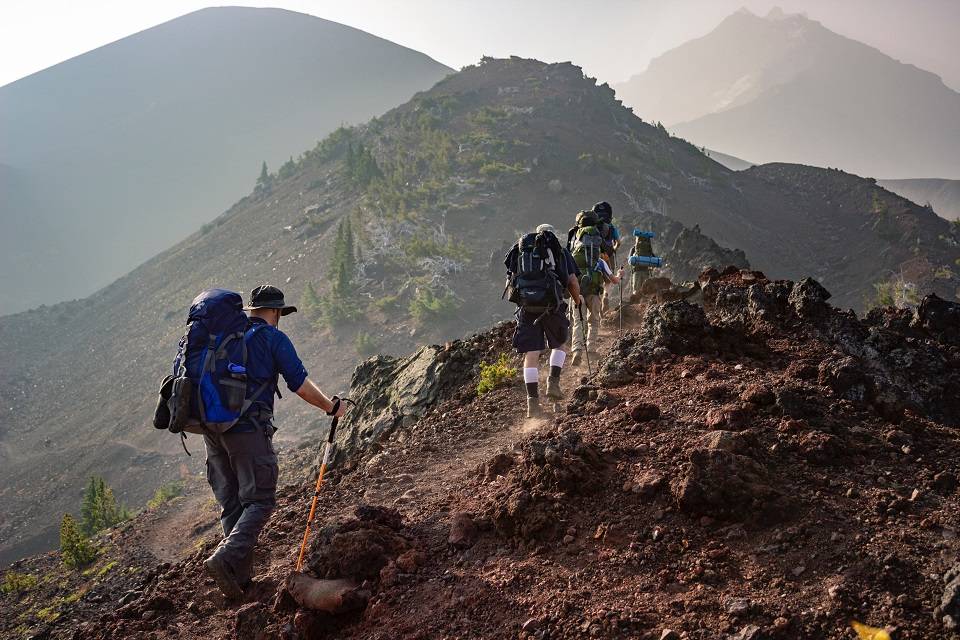
Of the many ways to immerse oneself in the beauty of mother nature, trekking stands out as an experience that allows you to connect with the wilderness like no other. However, as exciting as trekking can be, it is not without its challenges and potential dangers. To ensure a safe and enjoyable journey through the forests and mountains, it’s essential to be well-prepared and knowledgeable about outdoor security.
In this article, we look at the art of trekking safely and explore the fundamental principles that will help you navigate the wilderness with confidence. The world’s popular treks include the Everest Base Camp Trek in Nepal, GR20 in France, and the Inca Trail in Peru.
Plan Thoroughly
Before setting out on any trek, the first and most crucial step is comprehensive planning. Research your chosen trail well, considering factors like distance, elevation, terrain, and current weather conditions. Obtain detailed maps of the area, and if possible, consult with experienced trekkers or local experts who can provide valuable insights.
Inform a trusted friend or family member about your plans, including your intended route and return date. This will ensure that someone knows your whereabouts and can alert authorities if you do not return as scheduled.
Equip Yourself Wisely
The right gear can make all the difference when it comes to safety in the wilderness. Invest in high-quality trekking equipment, including sturdy hiking boots, weather-appropriate clothing, a well-fitting backpack, and essential gear like a compass, map, first-aid kit, and a security tool like “Glock” from a reputable retail seller like Glockmeister. Don’t forget to pack enough food and water to sustain yourself throughout the trek.
Be Weather-Wise
Weather conditions can change rapidly in the wilderness, and being prepared for such changes is crucial for your safety. Check the weather forecast for your trekking area and be prepared for a range of conditions. Dress in layers so you can adjust your clothing as needed, and always carry rain gear, even on seemingly clear days.
Stay Hydrated and Energized
Proper hydration and nutrition are paramount when trekking. Dehydration can lead to exhaustion, impaired judgment, and other health issues, while inadequate food can result in a lack of energy and stamina. Make sure to carry enough water and snacks to stay nourished and hydrated throughout your journey.
Know Your Limits
One of the most critical aspects of trekking safely is recognizing your own limits. Pushing yourself beyond your physical or mental capabilities can lead to dangerous situations. If you encounter difficulties, whether due to fatigue, inclement weather, or unforeseen obstacles, don’t hesitate to turn back or seek help. Your safety should always be the top priority.
Be Mindful of Wildlife
Encounters with wildlife can be awe-inspiring but should be approached with caution. Keep a safe distance and avoid feeding or approaching animals. Familiarize yourself with the specific wildlife in your trekking area, including potential threats, and know how to react if you encounter them.
Emergency Preparedness
Lastly, always be prepared for emergencies. Carry a fully charged mobile phone with emergency numbers saved, if reception is available in your trekking area. Consider investing in a personal locator beacon or satellite communicator for remote locations, as they can be a lifesaver in dire situations.
Bottom Line
Trekking is a rewarding and invigorating way to connect with nature, but it requires careful planning and a commitment to safety. With these essential guidelines and continuously educating yourself about outdoor security, you can embark on your forest adventures with confidence.







